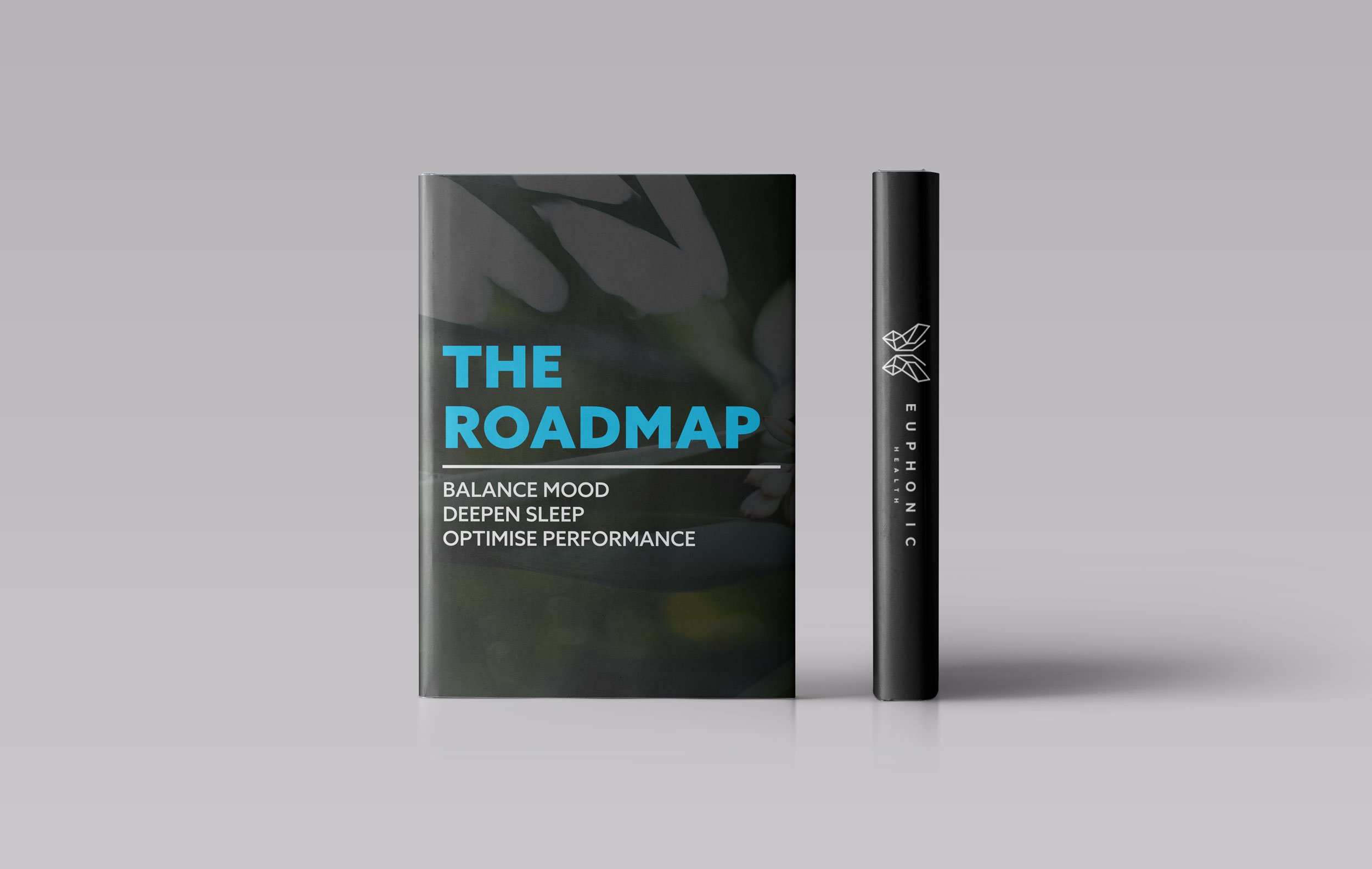What I Currently Eat in a Day for Optimal Energy, Mood, and Performance
OVERVIEW
One of the questions I am frequently asked is what I eat. While I often post my finished meals on my Instagram stories the platform isn't really built for proper education and learning with its style of short-form content.
As a way around this, I'm sharing what my average current day of eating looks like via this blog post. This will give you the opportunity for some deeper learning through clickable links and more in-depth explanations.
Before getting started I suggest you download the free lifestyle guide below. The nutrition section in this will help you understand better the philosophy behind my coaching when it comes to food. Moreover, it will offer a wider array of options and alternatives to complement what I share here.
Lastly, this is what I eat and it should not be copied for you. What you need might be wildly different and it's why I always suggest working with a qualified coach to guide you through the process successfully.
BREAKFAST/FIRST MEAL OF THE DAY (7 am-10 am)
I've never been a big breakfast eater so usually this meal for me is the smallest meal of the day. I usually drink around 350ml of water with my supplements (see below). This is generally followed by a homemade latte around 20-30 minutes later.
Latte Recipe
Espresso shot
300ml raw, organic milk
1Tb coconut sugar
If I do have something more substantial and hearty it's usually a 4 egg omelette with some wilted greens mixed through. I always fry this (and anything else) in ghee.
LUNCH (12 am-3 pm)
Along with dinner, this is my largest meal of the deal and where I focus on getting my calorie and protein targets met for the day. This meal always includes:
A nutrient-dense, protein-rich food as the main ingredient. This is either wild fish, grass-fed beef (usually mince), or wild venison.
An easy-to-digest carb source. 90% of the time this is white basmati rice. I also rotate with white potato and sweet potato. I avoid grains.
A big palm full of phytonutrient-rich food. This is either sprouted greens, dark leafy green vegetables, or steamed beetroot.
Something to aid digestion and add flavour. Usually my homemade hot sauce or homemade fermented vegetables.
1 TB added fat source. Usually olive oil or ghee. I avoid vegetable oils (olive is a fruit).
DINNER (5 pm - 8 pm)
This is lunch on repeat except I will change the protein source for some variety and different tastes. Additionally, I occasionally switch the carbohydrate source, although this is usually the leftover carbs from lunch.
SNACKS (When Hungry)
I will usually have a snack between lunch and dinner and then between dinner and bedtime. This will usually be one or a combo of the following:
Raw milk with maple syrup
Brazil nuts
70% min dark chocolate
Blueberries, pineapple, pomegranate
Raw carrots
Kefir (make at home for best results)
Organic, live yoghurt
SUPPLEMENTS (Morning + Evening)
Supplements are a very unique and personal thing and I tailor these to clients needs and goals. Supplements are not always necessary and they can't replace poor foods and lifestyle choices. However, when carefully selected and tailored they can supercharge results. Some of what I'm taking right now is geared toward healing a bad facial injury. I will outline next to these which ones these are:
WHAT ABOUT THE PRICE?
"Eating healthy is too expensive."
This a phrase I've lost count of hearing over the past 15+ years working in the health and nutrition field. But do you want to know what is even more costly? Dealing with sickness, fatigue, excess weight, and performing well below your potential. Allow that to resonate.
Does this imply that we must exclusively consume grass-fed beef and organic dark chocolate to achieve good health? Absolutely not. There is a happy medium where we can find nutrient-dense food that meets our budget. This is a concept I educate and guide clients through in the coaching program.
While this article may not be focused on exploring this topic in-depth, here are three bonus tips designed to assist you in this particular area:
Canned and frozen fish are cheaper than their fresh counterparts. Be certain that they are sourced from the wild.
Frozen fruits and vegetables are often cheaper than fresh options and provide just as much nutrition.
Determine when supermarkets do their reductions and consider shopping during these times.
FINAL THOUGHTS
As mentioned in the introduction, what I'm presenting here represents my personal, optimal approach. It's important to note that duplicating this might not be advisable, as it may not yield the same benefits for you due to your distinct background and needs. Nevertheless, combining this insight with the free guide (located at the top of the page) can serve as a source of inspiration and motivation for making improved dietary choices.
If you want to follow the day-to-day evolution of my eating habits, you can find my stories on Instagram, where I provide daily updates.
Finally, shameless plug: if you are interested in learning how to feel, look, and perform better in your life then feel free to send me a direct message here and we can discuss whether you would be a suitable candidate for my coaching services.







